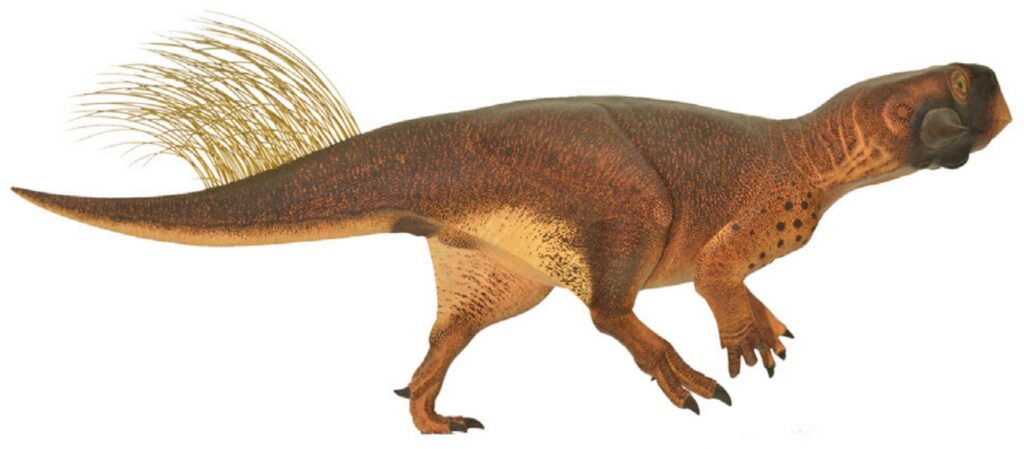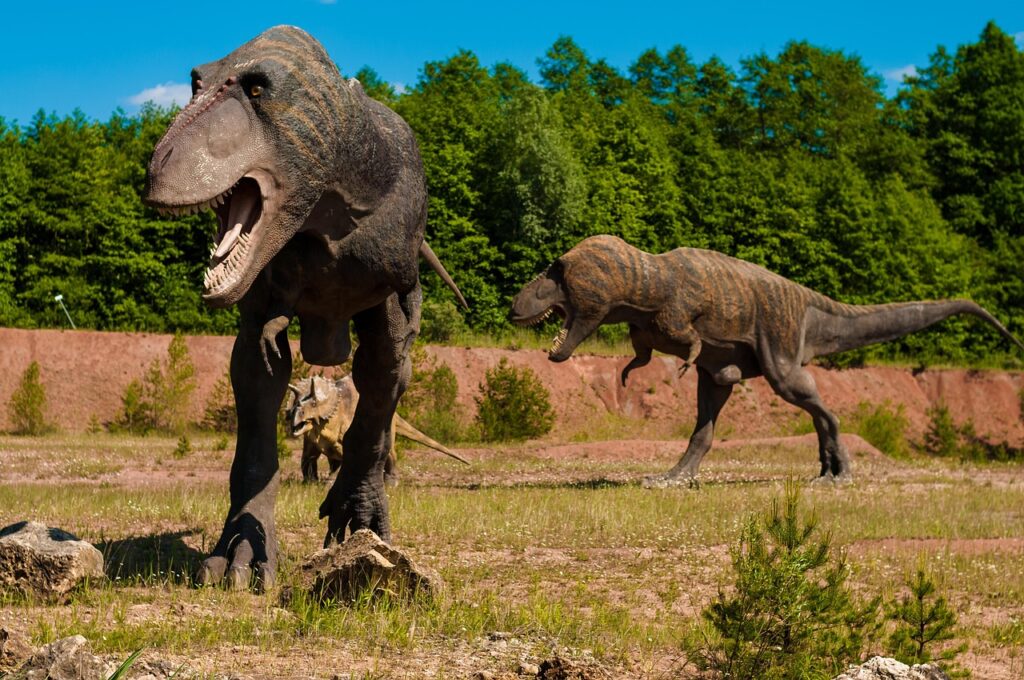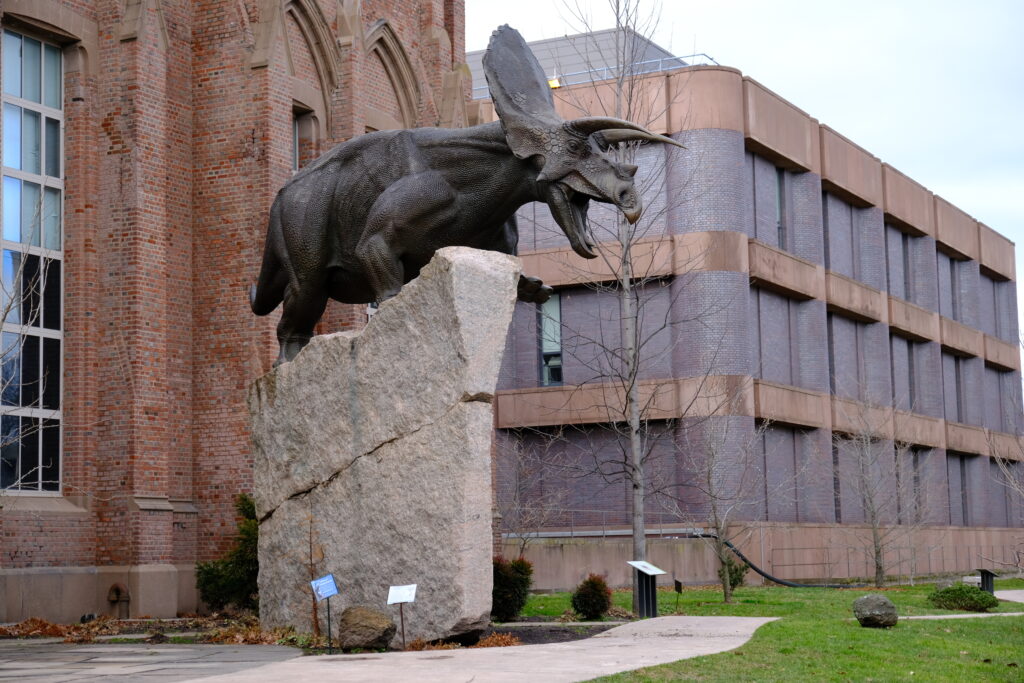You might think you know what dinosaurs looked like from movies and documentaries. Massive creatures with enormous teeth and terrifying roars, right? Think again. One of the most fascinating dinosaurs from the Early Cretaceous of Asia is Psittacosaurus, which means “parrot lizard” and existed between 126 and 101 million years ago. This remarkable creature challenges everything you thought you knew about dinosaur appearance and behavior.
This dinosaur holds the record for being the most species-rich non-avian dinosaur genus. With over 400 fossil specimens ranging from hatchlings to adults, no other dinosaur has provided scientists with such detailed insights into prehistoric life. Yet despite its abundance in the fossil record, most people have never heard of this extraordinary creature.
The Discovery That Shocked Scientists
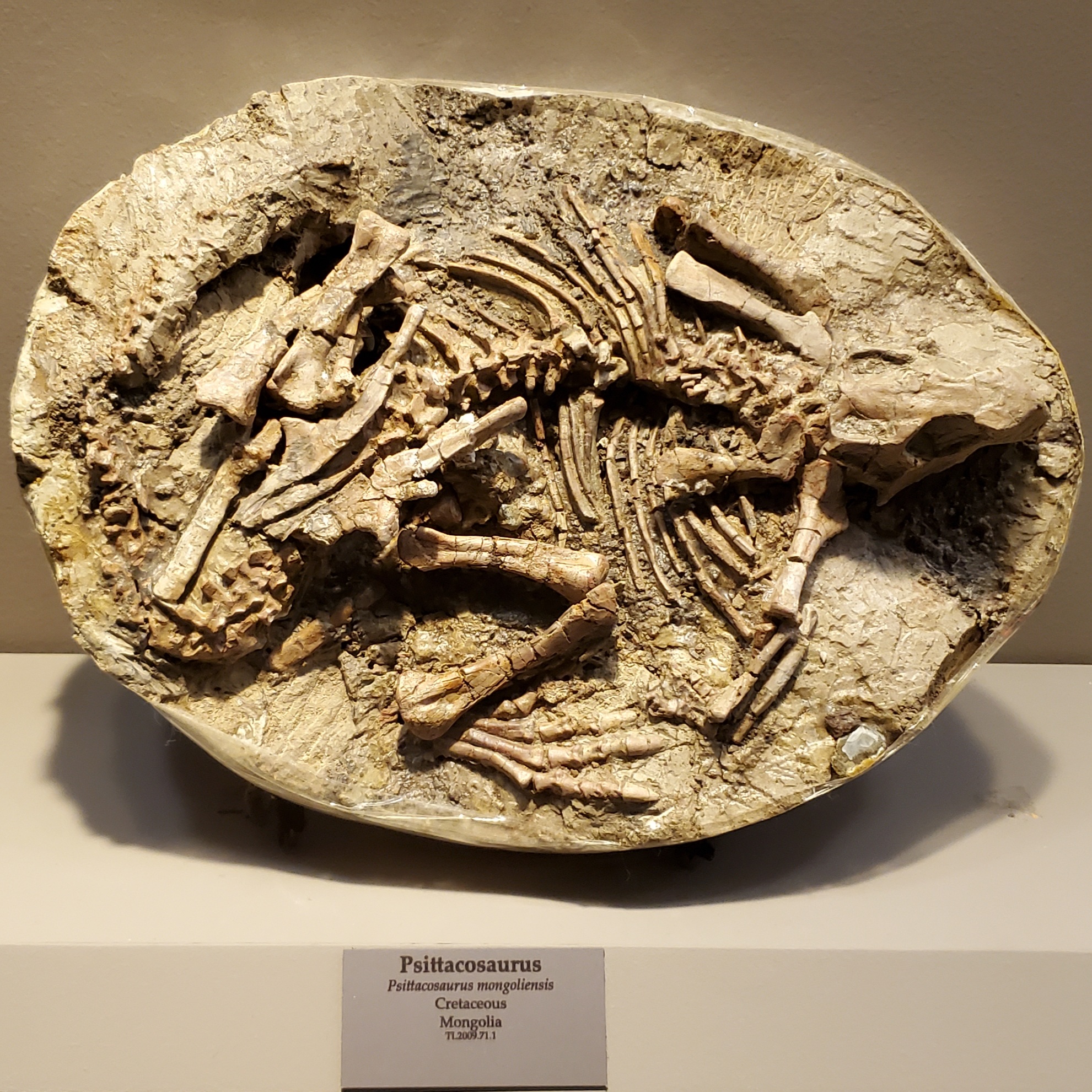
In 1922, during the Third Asiatic Expedition of the American Museum of Natural History, Wong, a Mongolian chauffeur, discovered a nearly complete skull and skeleton of what would become known as Psittacosaurus mongoliensis. Henry Fairfield Osborn described this fossil in 1924, giving it the name Psittacosaurus mongoliensis and describing its distinctive parrot-like beak on the suggestion of fellow paleontologist William King Gregory.
What made this discovery truly remarkable wasn’t just the preservation quality. Psittacosaurus is now documented from more than 400 individuals, making it one of the most completely known dinosaur genera. Fossil remains of over 75 individuals have been recovered, including nearly 20 complete skeletons, representing all age classes from hatchling through to adult.
The Parrot That Never Was
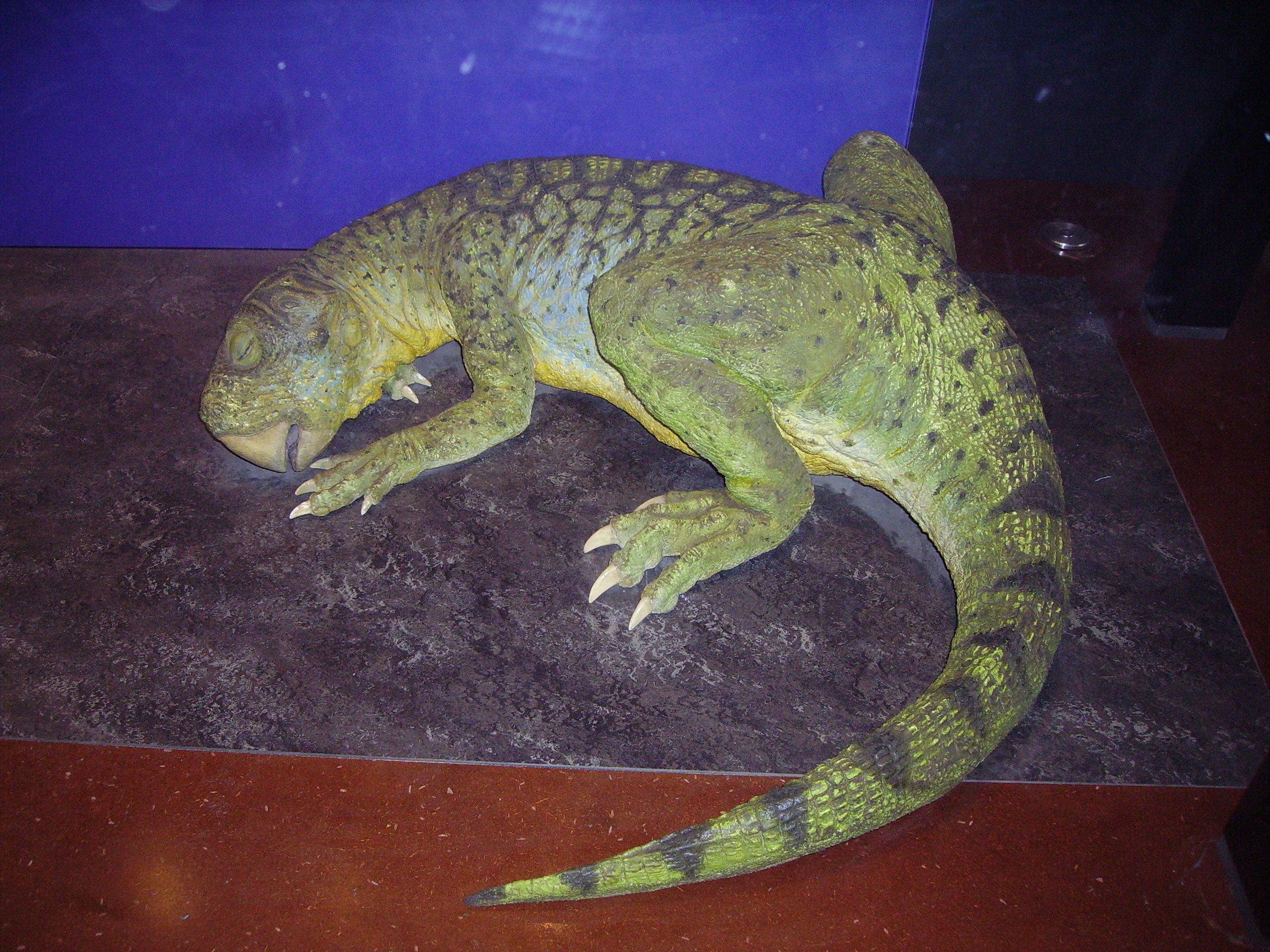
The short skull and beak superficially resembled those of modern parrots, which explains why it was named “parrot lizard”. However, this dinosaur was anything but bird-like in its behavior and habitat. Psittacosaurus mongoliensis measured about 2 feet tall, approximately 6.5 feet long, and weighed around 40 pounds.
The skull was extremely tall and short in length, with an almost round profile in some species, with the portion in front of the eye socket being only 40% of total skull length. Both upper and lower jaws featured pronounced beaks formed from specialized bones, with the bony core possibly sheathed in keratin to provide a sharp cutting surface for cropping plant material.
Built for a Different World
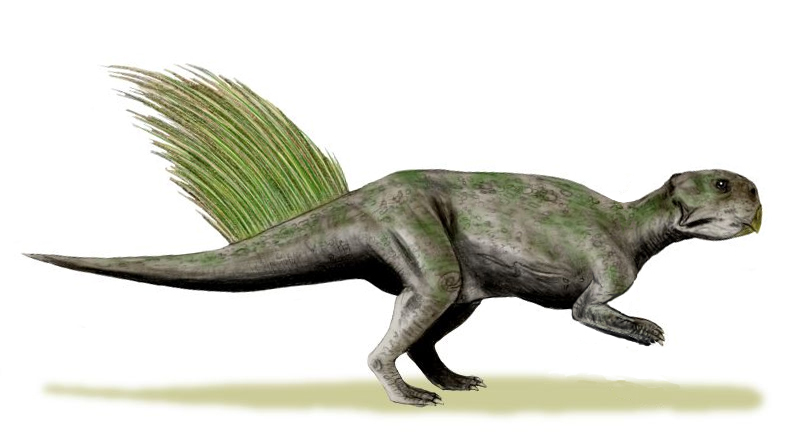
The parrot lizard was a bipedal creature that stood on two feet as an adult, with the species being obligate bipeds with a high skull and robust beak. Studies concluded that their forelimbs were too short to reach the ground and couldn’t generate propulsive force for locomotion, confirming they were entirely bipedal.
Thick skin and agility afforded Psittacosaurus protection from predators, with scientists speculating that their primary defensive mechanism was running. Scientists believe that young individuals were quadrupeds, but as they grew, their hind limbs became stronger and longer than their forelimbs, making adults mainly bipedal.
Surprising Skin Secrets

Examination of preserved specimens revealed that Psittacosaurus was countershaded, with leathery skin covered in brown scales except along its abdomen and tail underside, a coloration pattern that likely served a camouflage function in dense forest habitats. This Psittacosaurus has possibly the most skin preserved from a single non-avian dinosaur and even contains vestiges of its melanin pigmentation.
One individual was preserved with long quills on the tail, similar to those found in other dinosaurs, with many scientists believing these were early precursors to feathers. Evidence suggests these vertical bristles on the tail were used in mating and defensive displays. The Psittacosaurus was a dinosaur species from the Early Cretaceous that despite not being a bird, had feathers, making the well-preserved fossil crucial for understanding the evolutionary transition from scales to feathers.
An Unexpected Diet and Lifestyle
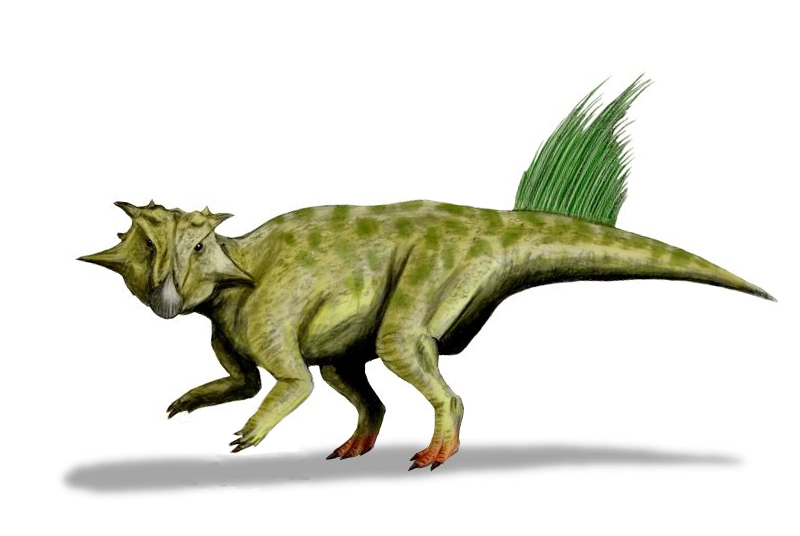
Psittacosaurus had a herbivorous diet, characterized by a beak adapted for grazing on low-lying plants, and possessed unique gastroliths to aid digestion. If the lower jaw was retracted inside the upper beak, the jaws may have served a nutcracking function, with a nut or seed-rich diet matching well with the gastroliths often found in well-preserved skeletons.
Instead of grinding teeth, they had gastrolith stones in their stomach to wear down food, with paleontologists finding up to fifty gastroliths in some specimens, suggesting they might have had a gizzard like modern birds. The herbivore lived in various environments including forests, floodplains, and possibly semi-arid regions during the generally warm Early Cretaceous climate.
Social Creatures of the Ancient World
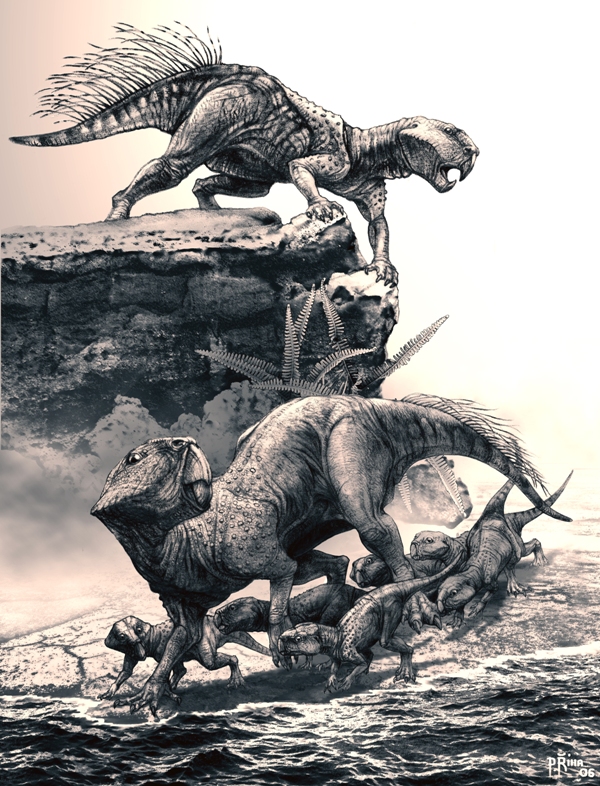
This dinosaur exhibited social behaviors, likely living in family groups and caring for its young, as evidenced by fossilized nests and juvenile remains. In 2014, researchers discovered a nest of six juvenile Psittacosaurus buried in volcanic mudflow, with differing age ranges suggesting they congregated in flocks even though they weren’t from the same brood.
The discovery of clutches and small groups at fossil sites indicate these animals lived in herds and exhibited social behaviors, with evidence of brooding and parental care, and traveling in numbers likely provided protection, especially for the young. Psittacosaurus probably had complex behaviors based on brain proportions and may have been active for short periods during day and night with good smell and well-developed vision.
Recent Fossil Discoveries Paint a Vivid Picture
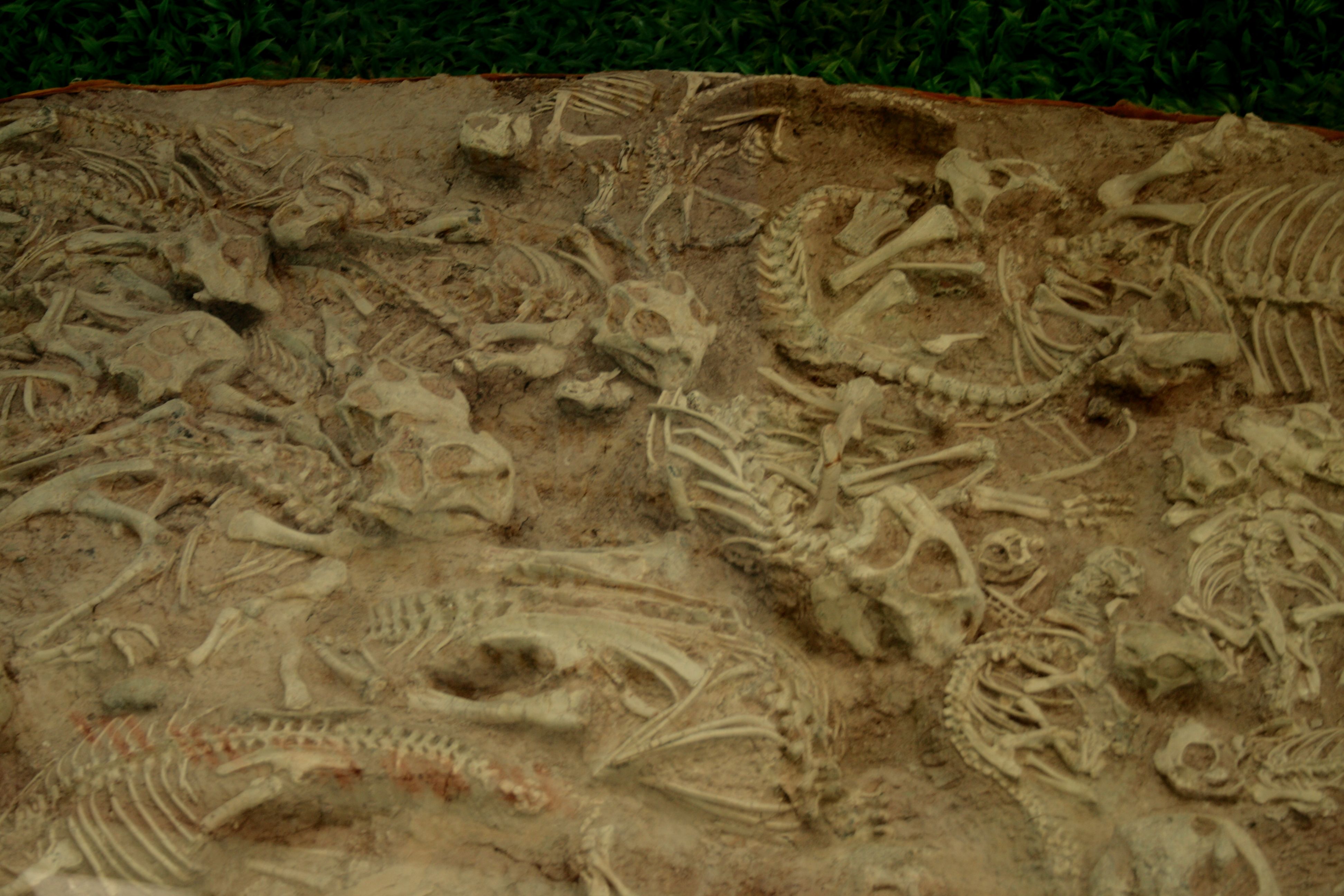
In 2023, researchers described a well-preserved scaled skin specimen from the Early Cretaceous Jehol Biota of China, providing evidence of preserved epidermal layers and melanosomes, indicating co-occurrence of feathers and reptile-type skin in non-feathered regions. About 125 million years ago, researchers discovered a remarkable fossil showing a young mammal attacking a beaked dinosaur nearly three times its size, creating a fossilized tableau of ancient predator-prey interactions.
Scientists report an exceptional discovery preserving a gobiconodontid mammal and psittacosaurid dinosaur locked in mortal combat, representing a predation attempt suddenly interrupted and preserved within a volcanic debris flow. Recent studies reconstructing brain endocasts interpret early ceratopsians as having more sensitive sense of smell and being adapted to hearing higher frequencies than their late-diverging relatives.
Conclusion
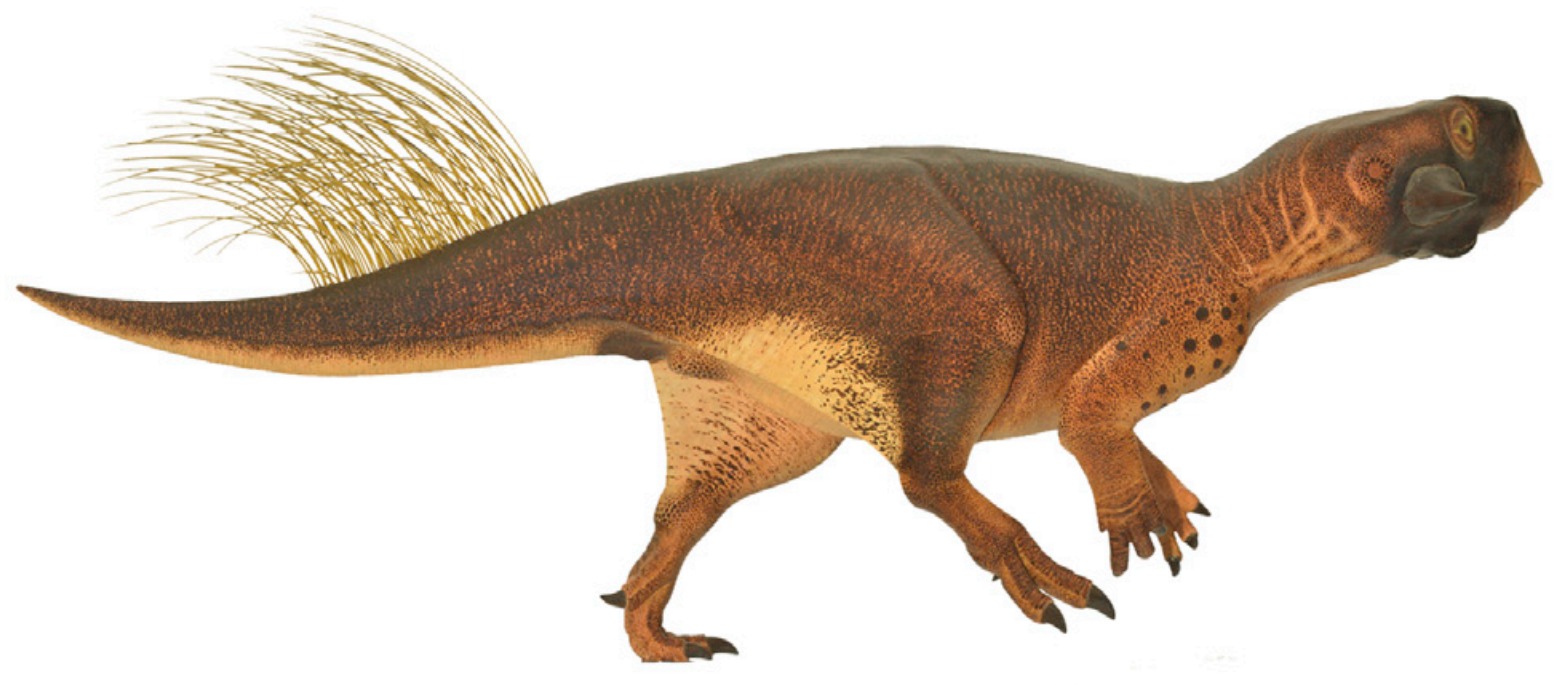
The two-foot-tall ‘parrot lizard’ represents far more than just another dinosaur discovery. This remarkable creature has revolutionized our understanding of dinosaur behavior, social structure, and even the evolutionary transition from scales to feathers. From their sophisticated social behaviors to their unique feeding adaptations, Psittacosaurus continues to surprise scientists with each new discovery.
With ongoing research revealing new details about their skin coloration, predator-prey relationships, and complex behaviors, these ancient creatures prove that the dinosaur world was far more nuanced and fascinating than we ever imagined. What other secrets might these extraordinary fossils still be hiding? What do you think about these amazing discoveries? Tell us in the comments.

